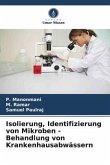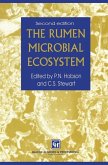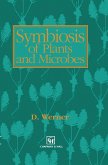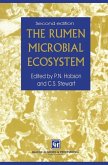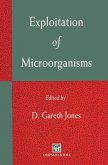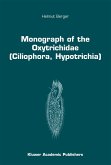Microbes are key drivers of the world's ecosystems. The vast majority of the world's diversity and metabolic potential lies within micro-organisms, yet we are just beginning to understand and utilize this ultimate resource of biological diversity. Critical to our exploration of the microbial world are methods that allow for the analysis of organisms that are invisible to our eyes, difficult to distinguish from each other, and often impossible to grow using available culture methods. The field of microbial ecology has been revolutionized in the past two decades by the introduction of molecular methods into the toolbox of the microbial ecologist. This molecular arsenal has helped to unveil the enormity of microbial diversity across the breadth of the earth's ecosystems, and has revealed that we are only familiar with a very small minority of the organisms that carry out key microbial functions in diverse habitats. The Molecular Microbial Ecology Manual, Second Edition (MMEM-II) provides a detailed and user-friendly description of the methods that have made this revolution in microbial ecology possible. However, what is perhaps most exciting about MMEM-II is that it contains a large number of new chapters, highlighting the newest trends in microbial ecology research, which seek to provide more quantitative and statistically robust data, and means of coupling microbial identity and function. In addition, the majority of the proven methods described in MMEM's first version have undergone significant revisions to provide the most up-to-date applications available. The state-of-the-art methods described in MMEM-II have not only been provided by experts in the field, but in most cases by the laboratories that actually first developed and applied the methods, thus providing the MMEM-II user with unique first-hand tips and insight. The new on-line format available for MMEM-II should also add to the utility of MMEM-II by allowing users to search for key topics throughout the manual, skip between interrelated chapters at the push of a button, and by providing immediate availability to protocol updates and new chapters dedicated to future technical developments.


